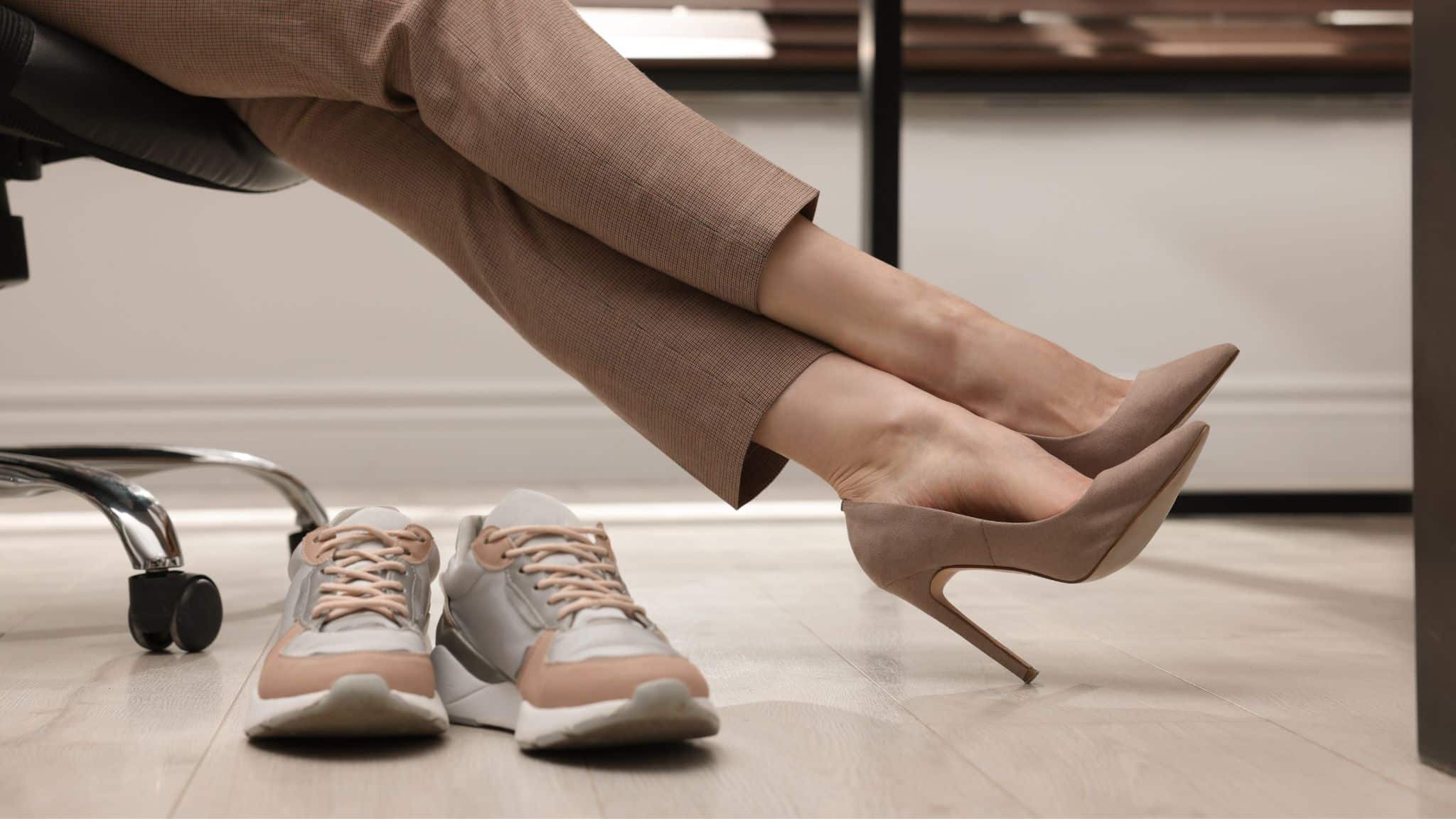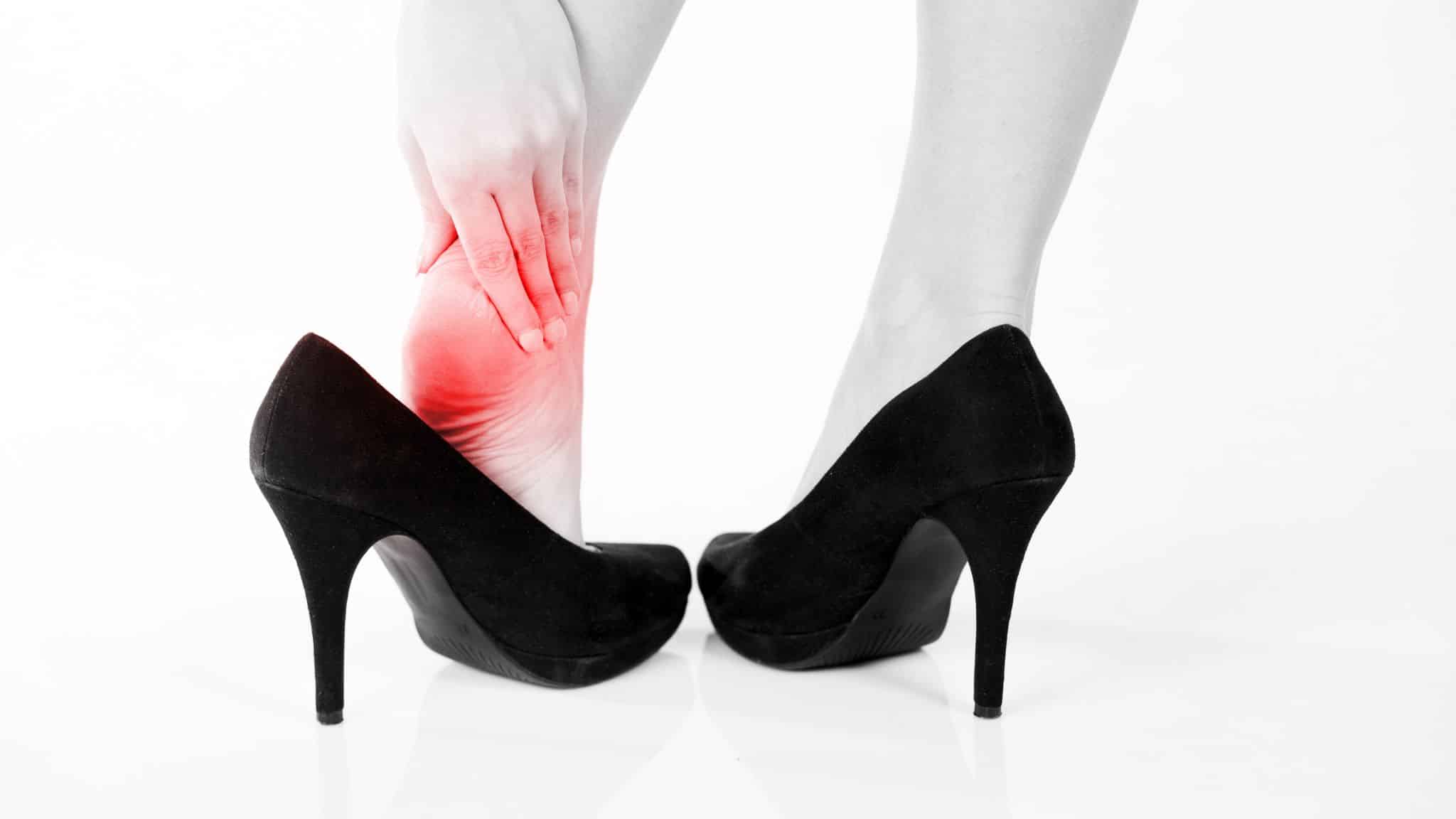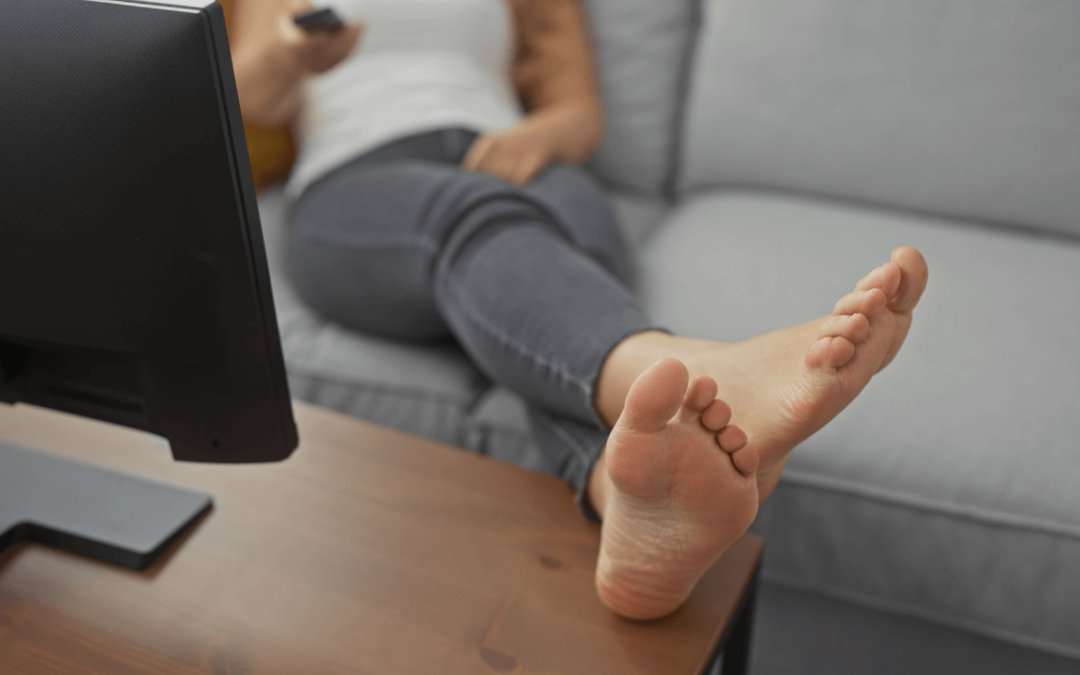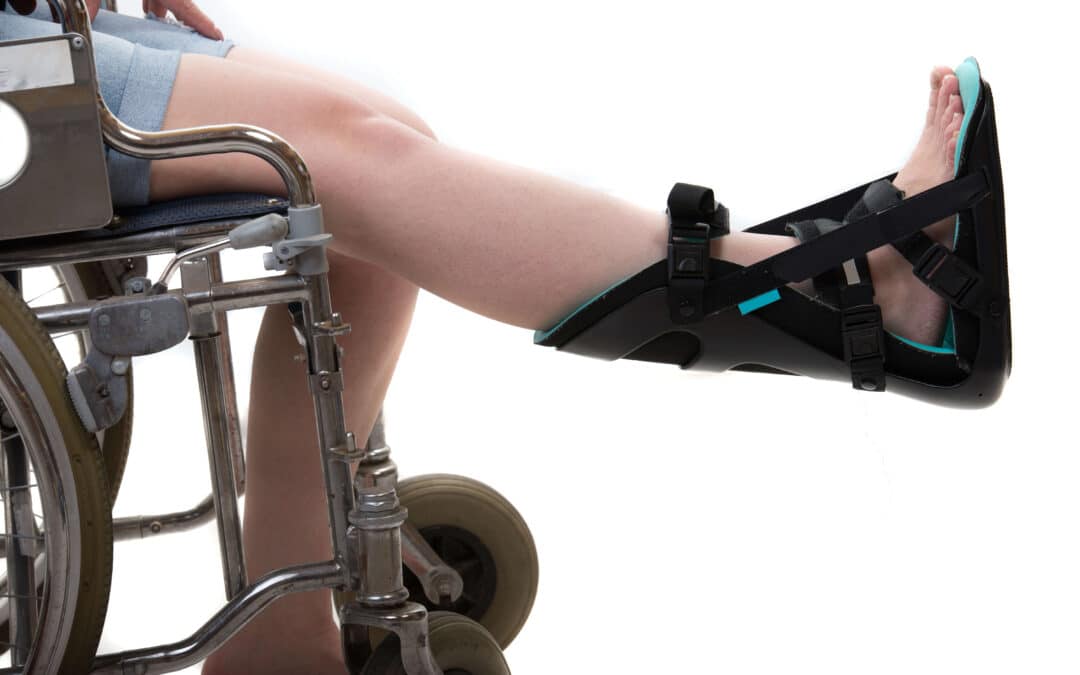What Are the Best Shoes for Heel Pain? Expert Advice from Texas Foot and Ankle Centers
Heel pain is one of the most common foot complaints, affecting people of all ages. Conditions such as Plantar Fasciitis, Achilles Tendinitis, and Heel Spurs are leading causes that can make even simple activities uncomfortable.
While there are many ways to manage heel pain, one of the most effective—and often overlooked—solutions is wearing the right footwear. The best shoes for heel pain can make a significant difference in comfort, mobility, and long-term recovery.
Key Features of Shoes for Heel Pain
Proper Fit & Sizing
A supportive shoe starts with the right fit. Wearing shoes that are too tight or too loose can worsen heel pain by altering your natural gait and increasing pressure points.
- Snug yet Comfortable: Look for a secure heel grip with room in the toe box.
- Proper Measurements: Measure your feet later in the day, as they tend to swell and are typically at their biggest. For best results, use a Brannock device or ask for assistance at a footwear store.
Arch Support & Cushioning
Footwear for heel pain should include adequate arch support to reduce tension on the plantar fascia, especially for those with flat feet or high arches.
- Arch Support: Distributes pressure more evenly and helps correct foot alignment.
- Cushioning Materials: Look for EVA foam, gel inserts, or memory foam to absorb impact and protect your heel with every step.
Firm Heel Counter for Stability
A firm heel counter, which surrounds the back of your foot, helps reduce movement and provides added stability for your heel.
- Prevent Overpronation: Reduces excessive inward rolling of the foot.
- Check for Support: Press on the heel area of the shoe. It should feel rigid, not collapse under pressure.
Midsole Stiffness & Shock Absorption
People with chronic heel pain benefit from shoes that are less flexible in the middle.
- The “Twist Test”: Try twisting the shoe from front to back. Fewer twists mean more support.
- Rigid Soles: Especially useful for those with plantar fasciitis or heel spurs to limit strain during walking or standing.
Activity-Specific Shoes
Various activities require different levels of support and motion control for optimal comfort and performance.
- Running Shoes: Provide extra cushioning and shock absorption.
- Walking Shoes: Designed for repetitive heel-to-toe motion.
- Casual or Work Shoes: Should still offer support—opt for orthotic-friendly options.
When to Replace Your Shoes
Even the best shoes for heel pain lose their effectiveness over time.
- Signs of Wear: Flattened soles, worn tread, uneven heel wear, or reduced cushioning.
- Replacement Frequency: Runners may need new shoes every 300–500 miles. Daily walkers or workers on their feet all day should consider replacing footwear every 6–9 months.
Additional Tips for Managing Heel Pain
Footwear is essential, but it should be part of a comprehensive plan to relieve discomfort.
- Stretching & Strengthening: Focus on calf stretches and plantar fascia stretches to reduce tension.
- Avoid Walking Barefoot: Especially on hard surfaces, which can worsen heel pain and inflammation.
When to See a Podiatrist
If you’re still experiencing heel pain despite wearing the right shoes, it’s time to consult a specialist. Chronic heel pain may indicate underlying issues that require professional care.
At Texas Foot and Ankle Centers, our podiatrists specialize in diagnosing and treating all forms of heel pain. From custom orthotics to advanced treatment options, we’re here to help you walk pain-free again.
Book Your Appointment Today
Don’t let heel pain slow you down. Contact us Texas Foot and Ankle Centers to schedule a consultation and discover the best footwear solutions for heel pain, tailored to your specific needs.




